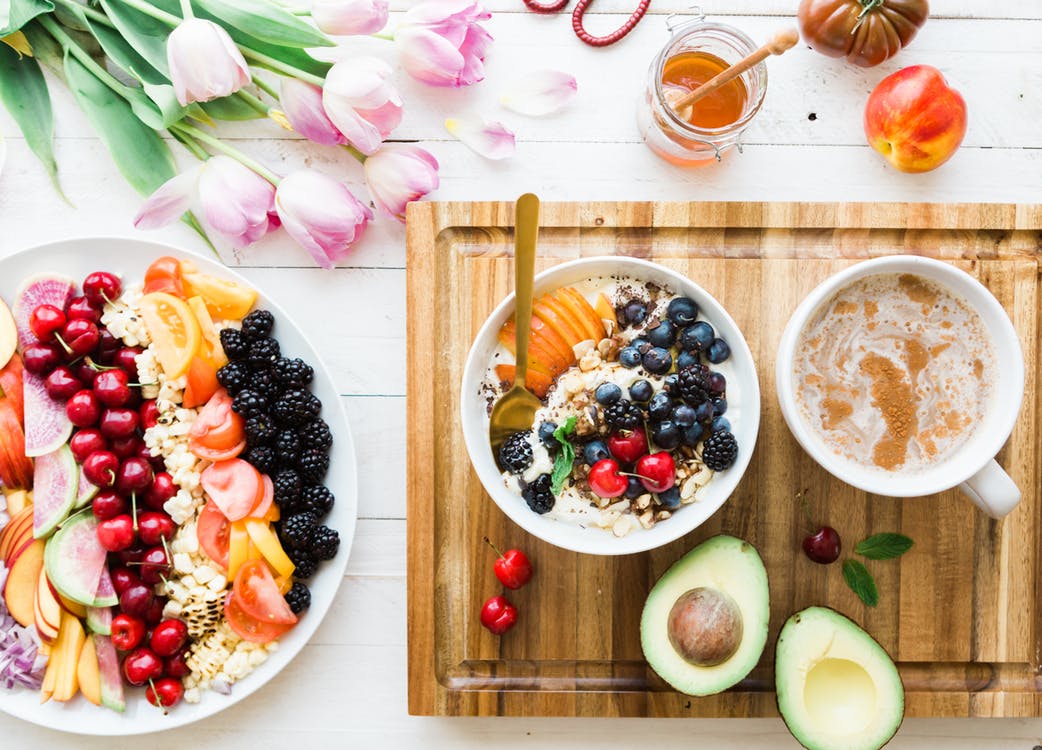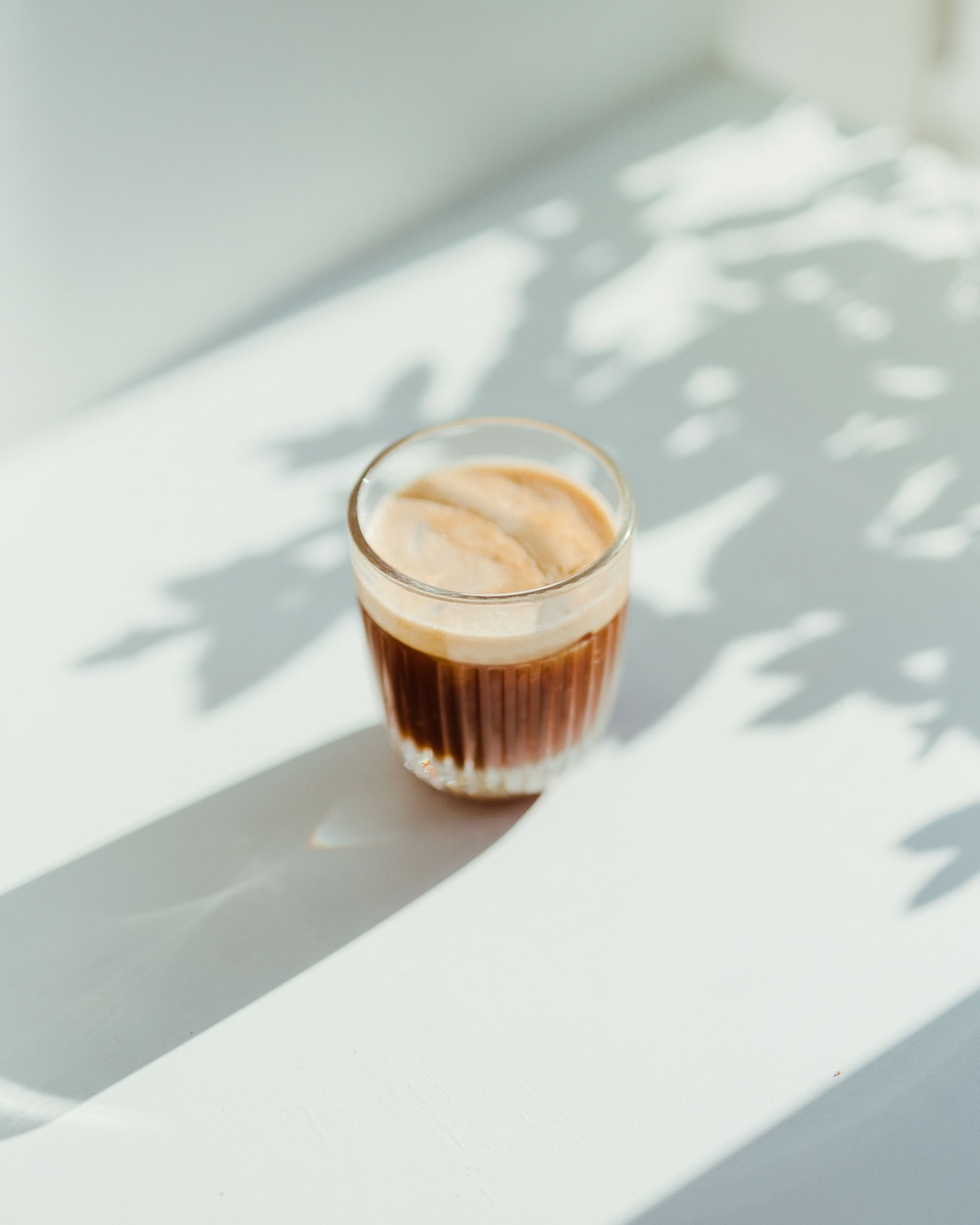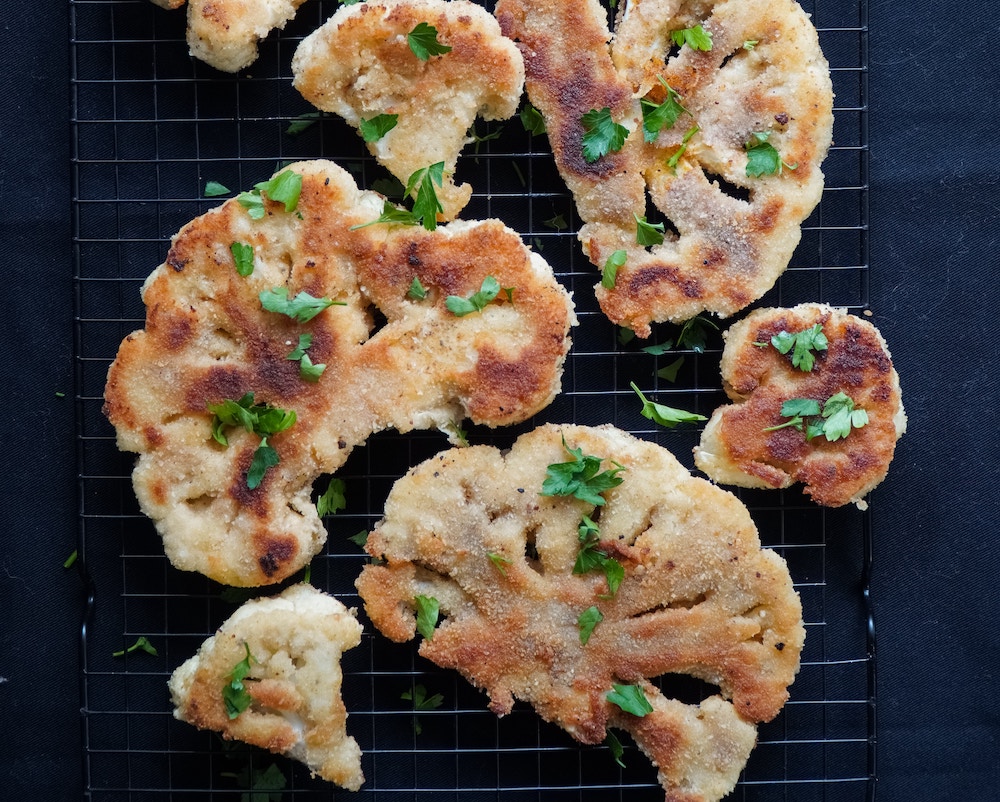This article was originally published on May 31, 2017.

Eliminating one’s consumption of animal products has significant health benefits, including reducing bloating: though high fiber foods have high satiety factor and make you “full,” it actually keeps you regular, which in turn promotes a lighter waistline. But statistics show Americans—even vegans—are dropping the ball when it comes to a crucial nutrient called fiber. According to the American Heart Association Eating Plan, the total dietary fiber intake should be at least 25 grams per day from food, not supplements. Most Americans consume about 15 grams of fiber per day. That’s only about half of the daily recommendation! We’re simply not consuming enough high fiber foods.
Refined grain products often have the bran and the germ removed, which eliminates about a quarter of the protein and a significant amount of nutrients from the final product. You may see some refined grain products with the word “enriched” on them and that may make you feel better about what you are eating. However, the enrichment process adds nutrients back in different amounts than they originally existed in the grain. You’re better off eating the whole grain product in the first place!
There is one simple grocery shopping tip to help you spot the wolf in sheep’s clothing. When shopping for grain products, look for the word whole on the label. Examples include whole-wheat flour, whole cornmeal, whole grain pasta, etc. Manufacturers will try to trick you with words like “wheat” and “multigrain,” but do not be fooled–if it does not have the word whole on the label, it is not a whole grain. The same thing applies in restaurants. Do not be afraid to ask for whole-wheat pizza crust, whole-wheat pasta, or brown rice.
Everywhere you look, there seems to be a trendy health store selling fresh vegetable or fruit juice. The notion that wellness is contained in an eight-ounce bottle of juice is simple and enticing. Unfortunately, juicing removes most of the pulp from fruits or vegetables, which also removes a significant amount of the insoluble fiber. Cynthia Sass, MPH, RD explains that insoluble fiber adds bulk to the waste moving through your digestive system–a key component that assists digestive regularity and helps reduce bloating. Next time think about eating a salad instead of drinking a green juice.
What are some of your favorite high fiber foods?
Also by Olivia: Vegan Green Goddess Dressing
Related: These 4 Superfoods Are All You Need To Get Glowing Skin (You’re Welcome)
Researchers Say Gluten May Not Be The Enemy We Thought It Was
Get more like this—Subscribe to our daily inspirational newsletter for exclusive content!
__
Photo: Wikimedia Commons




